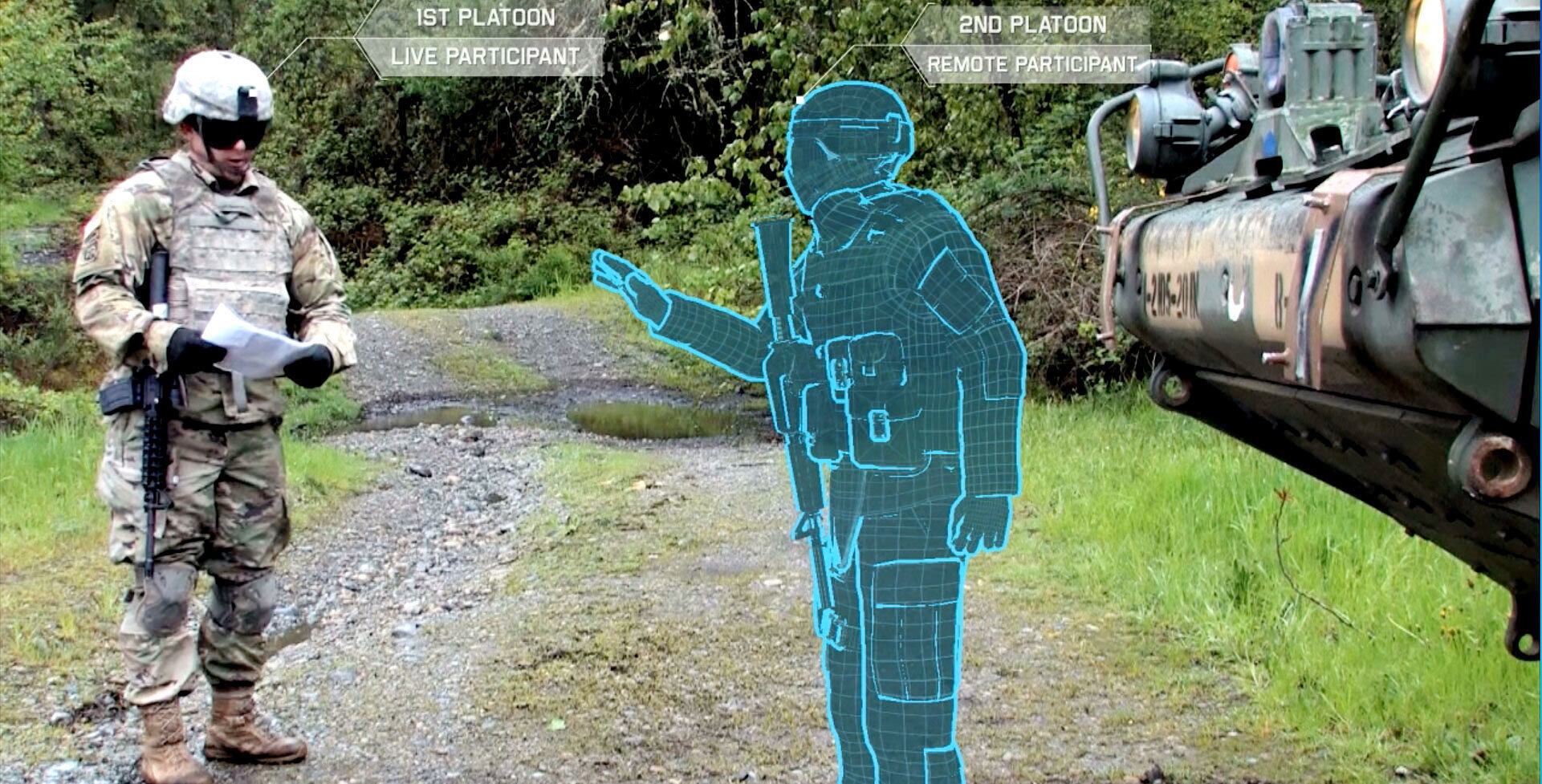ORLANDO, Fla. — If Congress does not approve the fiscal 2020 budget by the end of December, the Army may seek an exemption that would allow its Synthetic Training Environment program to proceed at pace, a service official said Monday.
The Army has outlined the potential negative impacts that a continuing resolution — which would hold funding at FY19 levels — would have on the STE program, as well as possibilities for ameliorating them, Maj. Gen. Maria Gervais, the Army’s director of the STE Cross-Functional Team, said during a panel discussion at the Interservice/Industry, Training, Simulation and Education Conference.
“Look, I can’t predict what is going to happen. However, we have been very vocal, we have laid out our impacts and we are assessing the impacts to our programs,” she said.
“We have also taken a look at what are the ways we can mitigate the impact of that CR. For example, whenever the CR goes through, is there a way to work with our vendors to continue our efforts knowing that a CR is going to be lifted at any time? We are working all of those options right now,” she added.
Click here for more from I/ITSEC.
One of those options, Gervais explained, is an “anomaly” — the budgetary term given to congressionally granted exceptions to a CR that would allow new programs to start or increase funding ahead of a budget agreement.
To move quickly on the STE program, the Army has relied on other transaction authority agreements with industry. While that mechanism, known as an OTA, allows the service to more quickly ink contracts with greater agility than the traditional process, a number of OTAs will come to an end around February and March, said Brig. Gen. Michael Sloane, the Army’s program executive officer for simulation, training and instrumentation.
RELATED

Once that happens, certain companies will no longer have the resources to continue development and experimentation, he said.
The following STE initiatives would see their OTAs end as early as February or March:
- The Reconfigurable Virtual Collective Trainer, or RVCT, to replace the legacy Aviation Combined Arms Tactical Trainer and Close Combat Tactical Trainer with new ground and air trainers. In June, Cole Engineering Services, Inc. beat out 10 vendors to build RVCT prototypes. The contract is worth $81.4 million if all options are executed.
- The Training Simulation Software and Training Management Tool, which will bring together simulation inputs from the multiple platforms that comprise the STE and provide a user interface for scenario creation. VT MAK won the $95 million contract for these two elements in June.
- One World Terrain, which will allow soldiers to train in a high-fidelity environment that replicates the terrain of any location on Earth. Vricon won this prototype project in June, worth $95 million if all options are executed.
Gervais noted that those initiatives — as well as STE’s weapons optimization and live training efforts — could see negative impacts if a CR extends beyond December, though she did not elaborate.
To mitigate the effect of a prolonged CR, the Army is evaluating whether it can alter the funding stream of its current OTAs to manage the approved funding and spread it over a longer period of time, Sloane said.
“A lot of these [contractors] are nontraditional companies. What that means is they are smaller companies,” Sloane said.
The risk is that, if funding on an OTA runs out, defense contractors will have to move personnel off the STE program and onto other projects — leading to a loss in talent and potentially a delay in getting launching the program.
“Can we slow progress, still deliver the capability over time, but maybe a month or two or three later?” he wondered. “Can we expand and contract on that contract vehicle without causing any detrimental damage to that company?”
Another option is to ask Congress for an anomaly in the January/February time frame, which could allow companies to continue work on the STE. However, Gervais noted that any such request must be approved by Army leaders, who would prioritize it against other programs seeking relief, and that would still be predecisional.
Valerie Insinna is Defense News' air warfare reporter. She previously worked the Navy/congressional beats for Defense Daily, which followed almost three years as a staff writer for National Defense Magazine. Prior to that, she worked as an editorial assistant for the Tokyo Shimbun’s Washington bureau.








